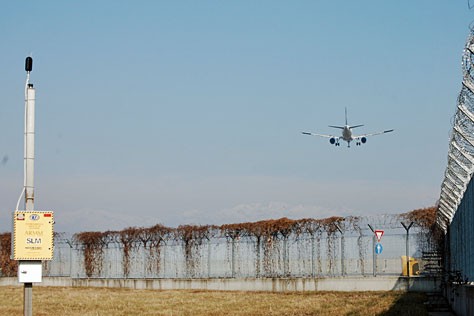Noise standards and regulatory framework
Information
The Airport Noise Commission, established in accordance with art. 5 of Italian Ministerial Decree n. 31/10/97 "Measurement methodology of airport noise" and formed by ENAC (Italian Civil Aviation Authority), ENAV (the ATS provider), Ministry of Environment, ARPA Piemonte (Regional Environment Protection Agency), Piedmont Region, Province of Turin, the Municipalities of Caselle Torinese, San Francesco al Campo, San Maurizio Canavese, Airlines (AOC), approved on 16th January 2013 the airport noise zoning for Torino Airport.
The area surrounding the airport has been classified, as required by Italian airport noise regulation, in three areas of respect (A, B and C) characterized by maximum increasing thresholds of airport noise levels allowed and corresponding types of settlements allowed.
The so-called "planning approach" has been applied to define the portions of the territory included in these noise zones (A, B and C). This approach represents the most modern methodology to balance the airport development plan with the land-use plans of surrounding municipalities. It allowed to join the protection and development of the territory with the airport's growth forecasts in the coming years.
In particular, zones A and B concern a limited area of the territory of surrounding municipalities (Caselle Torinese, San Francesco al Campo and San Maurizio Canavese), while zone C is completely confined within the airport grounds.
The strategy of SAGAT to ensure that the development of air traffic on the airport is compatible with the acoustic climate around the airport comprises the following activities and investments:
- installation of an airport noise monitoring system;
- study of acoustic impact on the airport surroundings and simulations using INM software;
- activation of a computer system for the reception and management of complaints by neighboring communities;
- application of noise abatement measures;
- participation in the work of the Airport Noise Commission;
- participation in initiatives promoted by ISPRA (Higher Institute for Environmental Protection and Research) for the study of simulation models and monitoring techniques.


